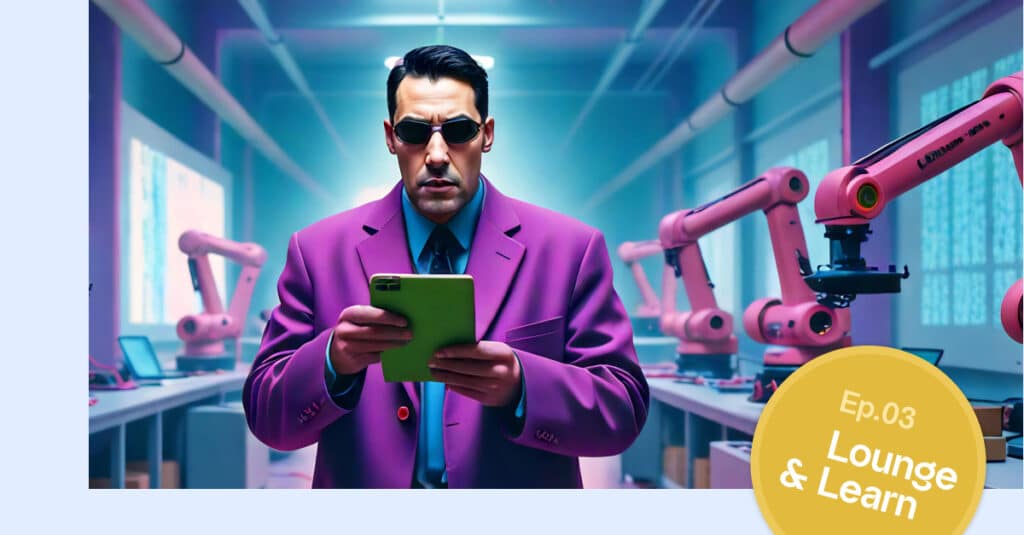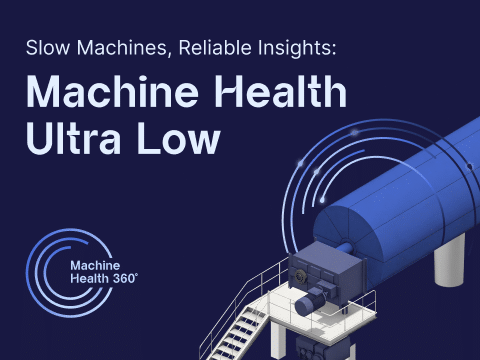
Tech revolutions create prosperity – but only after making a mess for a long time. Embracing new technology is one thing, but you must also find new ways to measure your success (and failure) while reorganizing how you work. And in the case of Industry 4.0, you have to do all this with a stripped-back and much less experienced workforce. Yes, it’s challenging but many are already showing the way … Read all about it in our regular round-up of manufacturing-related news.
Old-School Metrics No Longer Measure Up
According to ‘Industry 4.0 Gains Are Ahead of the Tools to Measure Them’, it’s time for a new range of productivity metrics.
“If Austrian economist Joseph Schumpeter is the father of creative destruction, then today’s entrepreneurs and inventors are his disciples. The term ‘creative destruction,’ coined by Schumpeter in his 1942 book Capitalism, Socialism, and Democracy, refers to the dismantling of traditional business and economic models to make way for revolutionary technologies and innovative processes designed to vastly improve living standards.”
“Economists and statisticians will also need to take a more cross-disciplinary approach to cultivating metrics that measure what cannot be measured today – including artificial intelligence and machine learning.”
But whether it was steam, mechanization, electricity, or computers, these revolutions all involved decades of muddling before the promised prosperity arrived.
Part of overcoming this “productivity paradox” is finding the right tools to track and prove success. GDP and other old-school econometric models like ROI “exclude the impact of AI and machine learning, automation and robotics, IT integration, e-commerce, improved processes and workflows and scaled-up supply chains. Therefore, the shift from traditional to digital manufacturing is not readily apparent.”
So, a Nobel Prize awaits anyone who can provide precise numbers to these obvious yet still intangible benefits. Only then can academia, policymakers, and business leaders come together under a shared set of insights to focus resources that help streamline the path to prosperity.
“Economists and statisticians will also need to take a more cross-disciplinary approach to cultivating metrics that measure what cannot be measured today – including artificial intelligence and machine learning. They, like the general-purpose technologies noted above, serve as force multipliers rippling through the entire economy.”
Getting Organized… Differently
But yes, not only do you need better statistics, algorithms, and standards that can make realistic sense of the Industry 4.0 revolution, but you also need a wholly new kind of manufacturing organization. And the McKinseys of this world have been pumping out countless reports on how to do precisely that.
“The experiences of exceptional organizations show that capturing technology’s opportunities means making eight mutually reinforcing shifts that strengthen people, processes, and technology in tandem,” according to ‘Today’s Industrial Revolution Calls For An Organization To Match’.
The report then dives deep into these eight requirements and three additional critical factors. It also offers five “concrete tasks” to get you on your way:
– Understand and shape your role in the ecosystem
– Develop visionary and courageous leaders
– Define and invest in your tech stack
– Assess capability needs
– Work in teams, not in pyramids
But yes, even these concrete tasks remain somewhat high-level. Can we break it down further?
“Gone are the 30-year veterans with average tenure down to only three years in 2023.”
How To Translate 30 Years Into 30 Days
And can we break it down further knowing that the old workforce is never returning? “Today’s manufacturing workforce looks radically different compared to 2019. Gone are the 30-year veterans with average tenure down to only three years in 2023. To make matters worse, 50% of new employees leave manufacturing roles within the first 90 days,” according to ‘How to Get a 30-day Employee to a 30-Year Performance Level’.
Meanwhile: “Traditional approaches to achieving a trained and competent workforce are failing. New generations demand step-change improvements across safety, health, and sustainability performance. Industrial organizations must fundamentally evolve to meet the needs of today and the future.”
In short, manufacturers must embrace AI-driven technologies on the work floor and in their (re)training processes. And here again, it’s time to follow some excellent, albeit high-level, advice:
– Accept the New Reality
– Identify the Capabilities to Invest In
– Bridge the Skills Gap
– Digitally Enable New Employees
– Provide Next-level Support
– Focus on the Future
“Balanced, stable financial performance and a classical hierarchy of operating metrics are central to the company’s culture. And yet, innovation and leadership on technology, sustainability, and organizational strategy are keys to its continued growth.”
Thrive By Focusing On Practicality And Scale
But what does all this excellent high-level advice look like on the ground? Well, the innovation leaders at Colgate-Palmolive have undoubtedly read these future-thinking reports – since the 218-year-old company is renowned for being ahead of the innovation curve. So, what’s their secret?
“Balanced, stable financial performance and a classical hierarchy of operating metrics are central to the company’s culture. And yet, innovation and leadership on technology, sustainability, and organizational strategy are keys to its continued growth,” according to ‘Colgate’s Classic Approach To AI For Supply Chain’.
“Another is Colgate’s approach to automation. It starts at a plant level, looking first to site leaders and operators in places like China and Vietnam, whose digital skills are generally far more developed than those in North America and Europe. Coupling this ground-level perspective with system-level thinking about metrics like “robot density” helps ensure practical lessons are balanced with strategic thinking to benefit the whole company.”
So yes, Colgate-Palmolive found new metrics, evolved the organization, and found a way to leverage those still working the floor. “Getting the balance right is a matter of practical thinking about what AI can do to change work processes, and, even more importantly, scaling with good data, solid training, and measurable impact on growth, operating efficiency, and resilience.”
So here’s some inspiration: Colgate has been able to build their own metrics without waiting for a Nobel Prize winner to do it for them.
Let’s get to work.
Read last month’s Manufacturing – The News: ‘Sun, Sand, And Human Ingenuity’.




